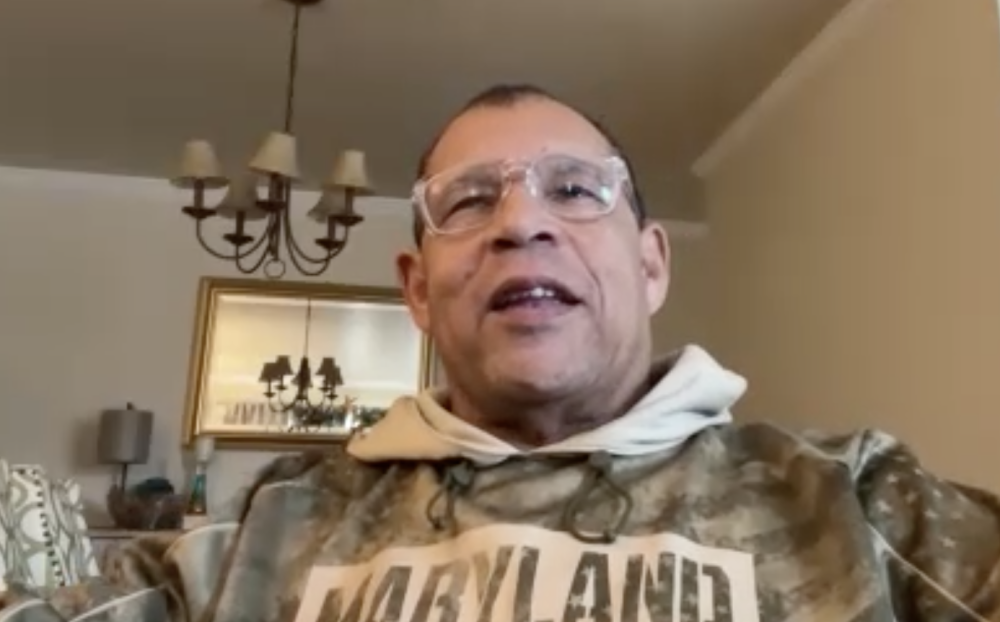In the midst of the tightest division race in the majors at the All-Star break, the Orioles have still endured their share of disappointing performers during a 51-36 start.
While plenty has gone smoothly for the first-place club, several players have turned in underwhelming performances in comparison to their expectations for the 2016 season. Those shortcomings make it more impressive that Baltimore has been able to excel in the competitive American League East.
After examining the biggest surprises of the first half earlier this week, below are my five biggest individual disappointments:
Dubious mention: Kevin Gausman, T.J. McFarland, Brian Matusz, Tyler Wilson, J.J. Hardy
5. Darren O’Day
The 2015 All-Star reliever’s inclusion on this list is obviously much more about his extended absence than his performance as his hamstring injury has put great strain on a bullpen trying to compensate for one of the worst starting rotations in the majors.
It also came after the Orioles invested a four-year, $31 million contract in O’Day this past offseason, but the club should feel good about the right-hander’s track record in coming back to contribute in meaningful ways in the second half.
Injury aside, O’Day would likely be the first to tell you that he wasn’t pitching at his best despite a respectable 3.15 ERA in 20 innings of work through June 1. His five home runs allowed are still the most surrendered by any Baltimore reliever this season and match his total in 65 1/3 innings last year. His walk rate of 4.1 per nine innings is also the worst of his career and substantially higher than the 2.1 per nine he averaged over his first four seasons with the Orioles.
It remains unclear exactly when O’Day will be ready to be activated, but manager Buck Showalter is itching to have the backbone of his bullpen back in the mix.
4. Caleb Joseph
It almost feels cruel to include the backup catcher on this list after his gruesome testicular injury suffered on Memorial Day that required surgery and sidelined him for a month, but failing to collect a single RBI in 81 plate appearances can’t be ignored.
There was a fair argument this winter that the Orioles would have been better off not extending a qualifying offer to Matt Wieters and going with Joseph as the starting catcher at a fraction of the cost, but the latter has batted .160 with only two extra-base hits and a .409 on-base plus slugging percentage. In his defense, Joseph hasn’t received nearly as much playing time as he did last season when he posted an acceptable .693 OPS with 11 homers and 49 RBIs, but his struggles at the plate have been so extreme that you’d worry about an injury to Wieters at this point.
Joseph’s defense remains a clear strength and Wieters has had no perceived issues moving back to a heavier workload now being two years removed from Tommy John surgery, but the Orioles are likely going to need the understudy to get his bat going at some point in the second half.
3. Mike Wright
Perhaps it’s unfair to include a pitcher who had just 44 2/3 major league innings under his belt entering 2016, but the Orioles thought enough of Wright being in their rotation that they jettisoned veteran Miguel Gonzalez in an effort to save $4 million before the season.
Needless to say, the decision hasn’t worked out as Wright has posted a 5.97 ERA in 69 1/3 innings that included 12 starts. He has twice been optioned to Triple-A Norfolk and did not fare well in his latest return to the major leagues just before the break.
Wright has held right-handed batters to a .237 average, but lefties are hitting .355 with a 1.023 OPS, leaving many to continue to believe the hard-throwing 26-year-old is better suited for a relief role reminiscent of former Oriole Tommy Hunter. He has a plus fastball, but it’s fair to wonder whether his secondary stuff — or his composure — is cut out for a long-term starting role.
The reality is that the Orioles probably could have lived with a 4.50 to 4.75 ERA from Wright at the end of the rotation, but he’s fallen well short of that mark.
2. Yovani Gallardo
This free-agent marriage began on poor footing when the Orioles’ concerns about his right shoulder prompted them to rework the original three-year agreement into a $22 million deal for two seasons.
Struggling to touch the high 80s with his fastball in March and April, Gallardo pitched to a 7.00 ERA in only four starts before landing on the disabled list with shoulder tendinitis and missing nearly two months of action. His velocity has improved since then, but the 30-year-old has completed six innings just twice in his nine starts and hasn’t recorded an out in the seventh inning or later since June 27, 2015.
Even at his best this year, Gallardo has been no better than a five-inning pitcher as opponents are hitting .333 with an .801 OPS when he goes through the order a third time. The problem is that Showalter can’t always afford to go to his bullpen that early when considering the struggles of the rest of the rotation.
Despite his 3.66 career ERA entering 2016, the warning signs with Gallardo were there this winter with a declining strikeout rate and diminishing velocity. A quarter of the way through the contract, executive vice president of baseball operations Dan Duquette’s decision to forfeit a first-round pick and fork over $22 million for Gallardo isn’t looking very wise.
1. Ubaldo Jimenez
Inconsistency has been the calling card throughout Jimenez’s career, but even that doesn’t fit anymore as he’s just been plain bad in 2016.
His 7.38 ERA is the highest in the majors among pitchers with at least 80 innings, leaving most to wonder how the Orioles can continue justifying keeping him on the 25-man roster, let alone in the starting rotation for a contending club. Jimenez is still owed roughly $20 million through the end of next season, but evidence continues to pile up that this is a sunk cost to move on from.
Lost in the countless discussions about his poor command and erratic mechanics is the fact that the 32-year-old’s average fastball velocity has dropped below 90 miles per hour, a far cry from the pitcher whose fastball sat in the mid-90s earlier in his career. His 7.9 strikeouts per nine innings look fine, but his 5.5 walks per nine match his career high and he’s putting on two baserunners per inning.
Jimenez desperately wants to turn around his fortunes to contribute, but his 2.81 ERA from the first half of 2015 — his only extended period of success in his three years with the Orioles — feels like an eternity ago. The command and the stuff may simply no longer be there for Jimenez to turn this ship around in his 11th major league season.


























